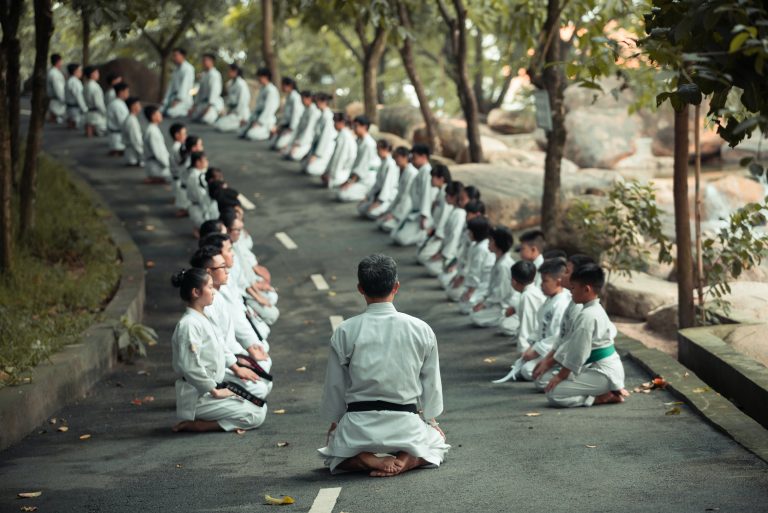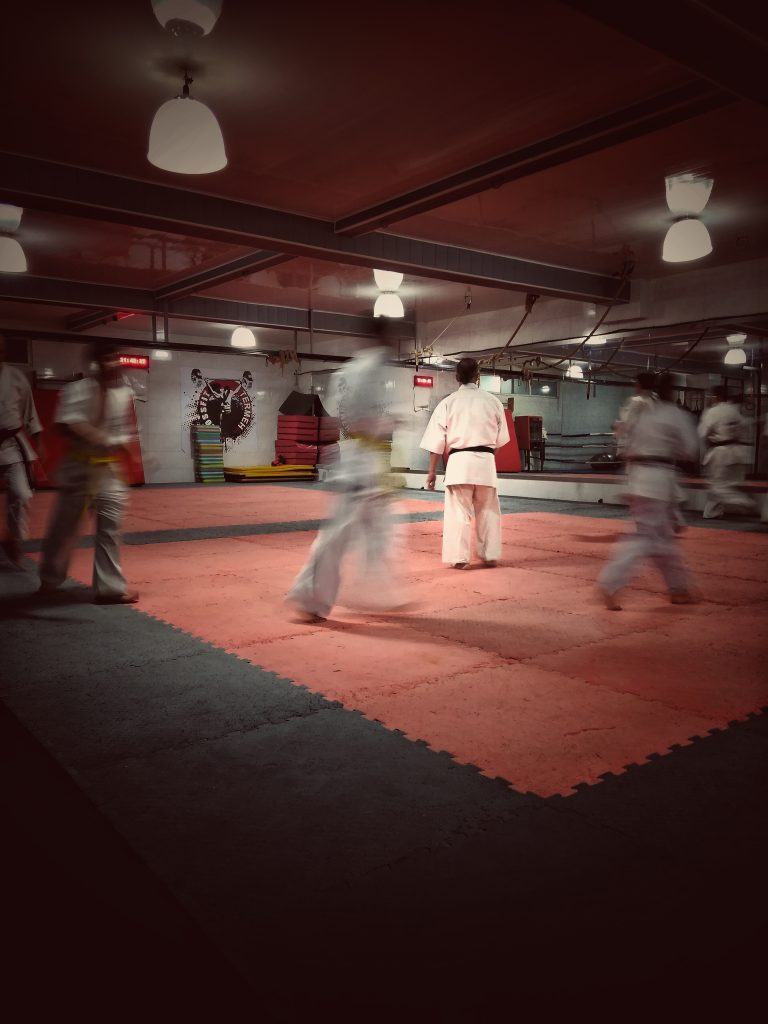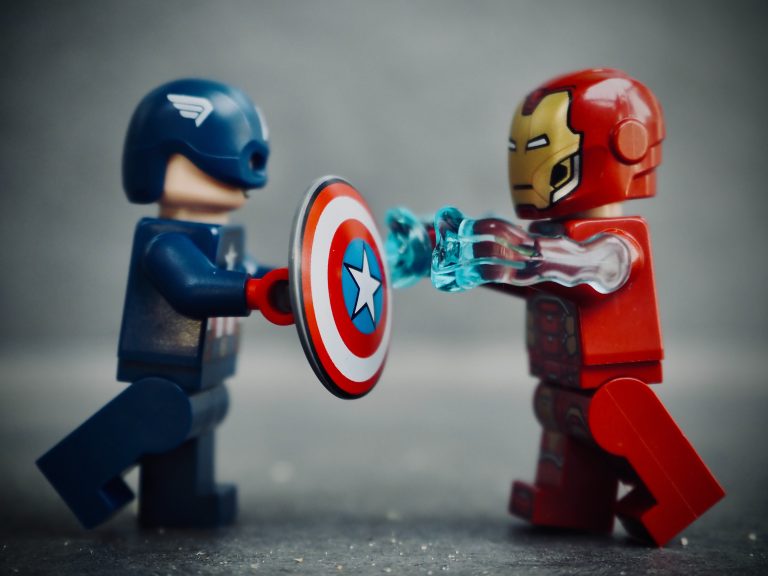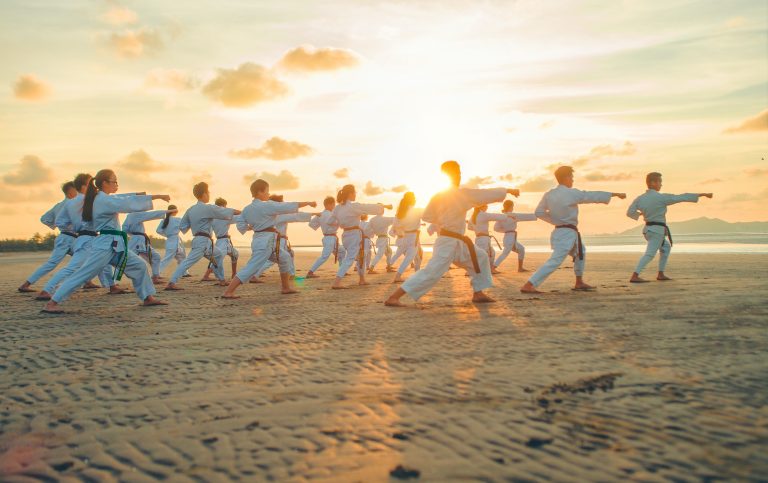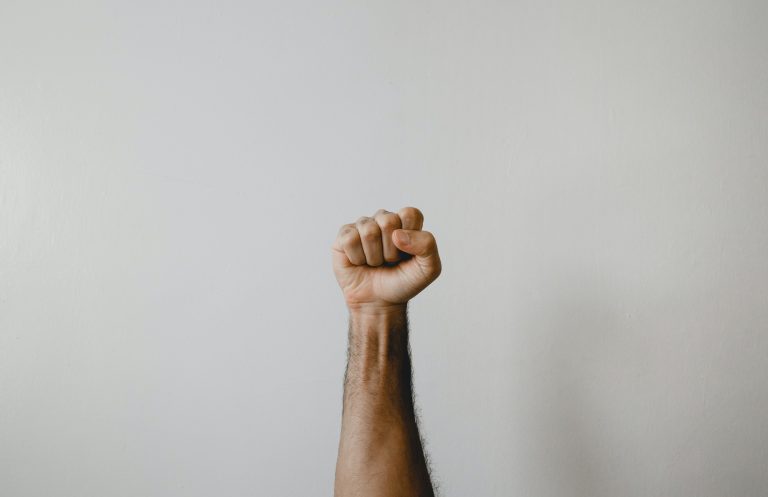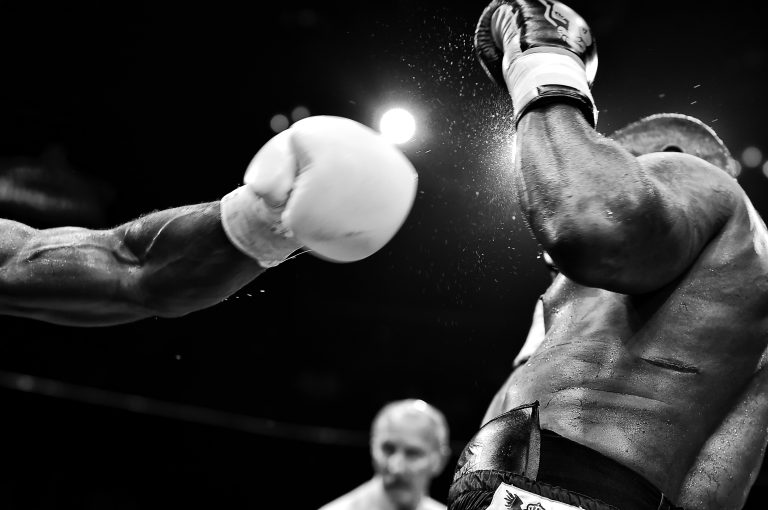Dojo-Regeln im Karate
Das Dojo ist für Karateka ein Ort des Lernens und der Entwicklung ihrer Fähigkeiten. Wie in jeder anderen Kampfkunst gibt es auch im Karate Regeln, die im Dojo befolgt werden sollten, um ein produktives und respektvolles Umfeld für alle zu gewährleisten. Hier sind einige der wichtigsten Dojo-Regeln für das Karate:
1. Begrüßung
Jeder Karateka sollte das Dojo betreten und verlassen sowie den Meister, die Senpais (erfahrenere Schüler) und die anderen Schüler im Dojo respektvoll begrüßen. Normalerweise beginnt dies mit einer Verbeugung beim Betreten und Verlassen des Dojos sowie beim Betreten und Verlassen des Trainingsbereichs.
2. Respektvolles Verhalten
Respekt ist eine der wichtigsten Tugenden innerhalb des Karate-Do. Respektiert die Meinungen und Anweisungen eures Meisters sowie eurer Senpais und folgt diesen während eures Trainings. Ebenso sollten Schüler einander respektieren und niemals arrogant orch arrogant werden. Der Meister, die Senpais und die Schüler sollten sich immer respektvoll zueinander verhalten.
3. Pünktlichkeit
Pünktlichkeit ist eine Angelegenheit von Respekt und Disziplin. Karateka sollten immer pünktlich zum Unterricht erscheinen, damit sie sich aufwärmen und sich geistig darauf vorbereiten können. Verspätungen sollten vermieden werden, um den Unterricht nicht zu stören oder den Fokus anderer Schüler zu beeinträchtigen.
4. Sauberkeit
Das Dojo sollte immer sauber gehalten werden. Schmutzige Karateanzüge oder verschwitzte Kleidung gehören nicht ins Dojo. Karateka sollten immer auf ihre Hygiene achten und saubere Kleidung tragen.
5. Trainingsausrüstung
Karateka sollten alle notwendigen Trainingsausrüstungen wie Handschuhe, Beinschienen und Schuhe bereitstellen, bevor sie mit dem Unterricht beginnen. Dadurch wird sichergestellt, dass die Schüler sicher trainieren können und Verletzungen vermieden werden.
6. Fokus und Konzentration
Die Konzentration auf das Training ist eine weitere Form von Respekt und Disziplin. Karateka sollten immer konzentriert und fokussiert sein, wenn sie trainieren. Sie sollten ihre Aufgaben mit Sorgfalt ausführen und immer ihr Bestes geben, um das Ziel zu erreichen.
7. Folge den Anweisungen des Meisters
Die Anweisungen und Übungen des Meisters sollten immer befolgt werden. Der Meister weiß am besten, wie jeder Schüler seine Fähigkeiten verbessern und Schwächen ausgleichen kann. Karateka sollten immer aufmerksam zuhören und befolgen, was der Meister sagt.
8. Verabschiedung
Nach dem Training sollten Karateka das Dojo respektvoll verlassen und alle Trainingsutensilien und alle bereitgestellten Materialien aufräumen. Sie sollten sich beim Meister, bei den Senpais und bei den anderen Schülern bedanken, bevor sie gehen.
Fazit:
Dojo-Regeln sind enorm wichtig im Karate. Sie ermöglichen ein respektvolles, produktives und diszipliniertes Training. Indem Karateka diese Regeln befolgen, stärken sie ihre physischen und mentalen Fähigkeiten und werden zu besseren Karateka.
Dojo-Regeln im Karate: Frequently Asked Questions, Explained
Karate is a martial art that embodies discipline, focus, strength, and humility. The dojo or training hall is almost like a sacred space where students learn not just techniques and moves but also life lessons. To ensure that everyone in the dojo follows the right behavior and etiquette, specific Dojo-Regeln im Karate or dojo rules are set, which everyone should follow. Here are some frequently asked questions about these rules, explained:
1. What are Dojo-Regeln im Karate?
Dojo-Regeln im Karate, as mentioned earlier, are the rules that students must follow while training in the dojo or training hall. These rules are designed to create a disciplined and respectful environment that fosters the learning and growth of every student. Some of the common rules that apply to most karate dojos include:
- Bowing before entering and leaving the dojo as well as before and after stepping onto the training mat.
- Wearing the appropriate karate uniform or gi during training.
- Keeping the dojo clean and free from clutter.
- Respecting senior students, instructors, and visitors.
- Avoiding the use of foul language or disrespectful behavior.
- Not eating, drinking, or chewing gum during class.
2. What is the significance of bowing in the dojo?
Bowing is an essential aspect of karate dojo etiquette. It is a way of showing respect, humility, and gratitude to the art of karate, the dojo, fellow students, and instructors. Bowing also helps to create a mental and emotional transition from the outside world to the dojo environment. When students bow, it signifies that they are entering a different space and that they are ready to learn and grow with an open mind.
3. Why is it important to wear the right karate uniform?
Wearing the appropriate karate uniform, also known as a gi, is an essential part of karate dojo etiquette. The uniform shows a sense of discipline and respect and helps students to focus on their training without distractions. The karate uniform is designed to aid in unrestricted movements, making it easier for students to perform techniques and moves without any hindrance. Instructors may have specific requirements regarding the uniform, such as the color, patch placements, or brand, which students must comply with.
4. Can I wear jewelry or accessories during karate training?
No, students are not allowed to wear jewelry or accessories during karate training. Earrings, necklaces, rings, bracelets, or watches can cause injury to yourself or your training partners, damage the uniform, or distract you from focusing on your training. It is best to remove all jewelry and accessories before training and keep them in a safe place.
5. How should I behave during karate training?
Karate training requires discipline, focus, and respect. During training, students must follow the instructions of their instructors and show respect to their fellow students. Avoid talking or chatting during class and avoid causing distractions to yourself or others. Students should also refrain from using their phones or any other electronic devices during class. If you have to leave the dojo for any reason, make sure to ask permission from your instructor and bow upon exiting.
6. Can anyone join a karate dojo?
Yes, anyone interested in learning karate can join a dojo. Most dojos welcome students of all ages and skill levels, provided they are willing to learn and follow the Dojo-Regeln im Karate. Before joining a karate dojo, you may need to observe a class or talk to instructors to determine if the school is the right fit for you. You may also need to purchase a karate uniform or other equipment required by the dojo.
7. What are the benefits of learning karate in a dojo?
Learning karate in a dojo provides many benefits beyond physical fitness and self-defense skills. The dojo environment promotes discipline, respect, humility, and perseverance, which can translate to other aspects of your life. Karate training also boosts self-confidence, mental focus, and emotional resilience, helping you to face life’s challenges with a calm and centered mind. Karate training can also be a fun and social activity, where you can meet like-minded individuals and form lifelong friendships.
In conclusion, following the Dojo-Regeln im Karate is an essential aspect of karate training. By showing discipline, respect, and humility in the dojo, students can create a conducive environment for learning, growth, and personal development. By following these guidelines, students can cultivate not just physical fitness and self-defense skills but also mental focus, emotional resilience, and lifelong values that can benefit them in all aspects of their lives.
Inhaltsverzeichnis

